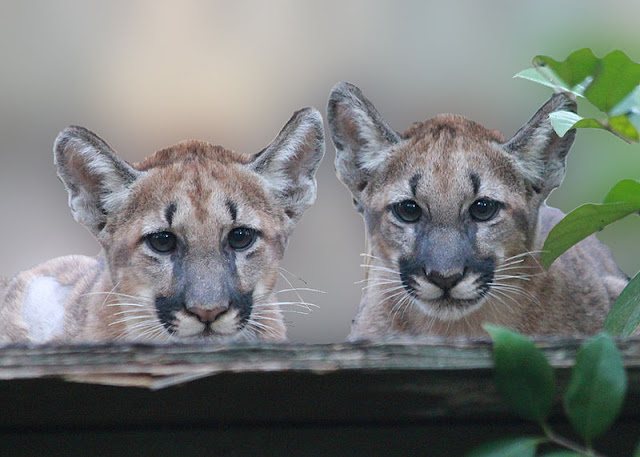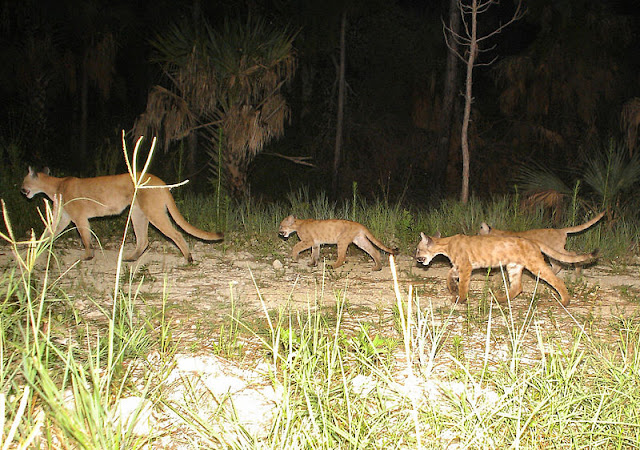Thousands Tell U.S. Fish and Wildlife: No Mega-Development in Florida Panther Habitat!

"This plan would destroy thousands of acres of panther habitat, even as scientists say they can't afford to lose any more," said Jaclyn Lopez, Florida director at the Center for Biological Diversity. "The Service has to take a stand and fight for the panther; otherwise, it is signing its death warrant."
"Don't be fooled by the name Habitat Conservation Plan — this is a destruction plan and is contrary to the future of the Florida panther," said Cris Costello, Sierra Club Organizing Manager.
"This ill-conceived plan would pave the way for more than 90,000 new housing units, 174,000 new residents and 180,000 more vehicles on the road in primary panther habitat when vehicle collisions are the number one cause of panther deaths," said Eric Huber, Managing Attorney for the Sierra Club. "In our opinion this project violates the Endangered Species Act and we urge the Fish and Wildlife Service to turn it down."
"The HCP would sever and fragment wildlife corridors that the Florida panther relies upon to move across the landscape. Without these corridors the panther will become more isolated and will never be able to fully recover," said Amber Crooks, Conservancy of Southwest Florida Environmental Policy Manager.
Approval of the proposed Eastern Collier County Multiple Species Habitat Conservation Plan and the associated 50-year take permits would enable intense mining, and residential and commercial development on 45,000 acres of habitat that is vital to the panther and other imperiled species including the scrub jay, caracara, wood stork, red cockaded woodpecker, snail kite, eastern indigo snake, and Florida bonneted bat.
The permits would facilitate construction of tens of thousands of homes, resulting in greatly increased traffic, roads, and other infrastructure that would further fragment dwindling panther habitat, obstruct corridors necessary to movement and recovery, and increase the already grave number of panther deaths from vehicle collisions. The proposed development will also result in impacts to water resources, water supply, and sensitive public lands adjacent to the plan area.
While the comment period is over, the fight to protect the panther is not. We will not sit by and let anyone strip South Florida of the land that is absolutely necessary for the continued existence of the panther. Extinction is not an option!
